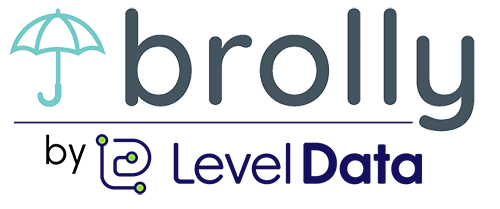How IEP Goal Tracking can Impact Student Achievement
IDEA compliance is often discussed through the lens of due process – what services are students required to receive and how is evidence of those services recorded. While so much of the recent news has amplified the importance of tracking services it is important to remember that the center of it all is student achievement. Is the student making progress towards their IEP goals and showing an appropriate amount of growth year after year?
Student achievement within the IEP came to the forefront of special education in the 2017 Supreme Court Case, Endrew F. v. Douglas County School District. Endrew, a neurodiverse student, had an IEP that changed little from year to year, and he didn’t seem to be making academic progress. His parents responded by placing him in private school where he made significant progress. Endrew’s parents pursued reimbursement for the private school tuition by filing a complaint under IDEA with the state’s Department of Education, and the case went all the way to the Supreme Court.
Ultimately, the court ruled in favor of Endrew, stating a school must offer an IEP reasonably calculated to enable a child to make progress appropriate in light of the child’s circumstances. The court went on to state “When all is said and done, a student offered an educational program providing ‘merely more than de minimis’ progress from year to year can hardly be said to have been offered an education at all.”
You can read the whole 16 page decision or take a look at Eduopia’s summary for more information.
This Supreme Court case shows how FAPE goes beyond the procedural requirements of the IEP and emphasizes the importance of student achievement as part of IDEA. Compliance regarding the entire IEP process, including evidence of student growth, is critical.
For a special education leader, gaining visibility into the activities impacting this growth can be daunting. You may be able to see a student’s IEP goal isn’t progressing year to year, but how do you work with your team to proactively improve student outcomes throughout the IEP?

Gain Context Around Student Achievement
IEP teams must document how a student’s progress will be monitored as part of their IEP. Depending on the district, your team may be documenting this within your IEP management system or on a separate 3rd party software.
As a special education leader, you dig through the data and see that some students’ progress is on track, and others don’t seem to be making as much headway. No surprise, each student is different- that’s why we have the “I” in IEP.
Your main objective is to oversee student growth, so when you see students meeting some goals and not making progress on others, you are determined to find out the root cause. What is causing these different outcomes? It could be any number of inputs. The problem is you don’t have visibility into any of them. That information lives in the binders, spreadsheets, and sticky notes of your teachers and providers. That’s where logging service sessions in a unified system becomes key in monitoring student growth and achievement.
When you can see information on each service session leading up to progress assessments, you can get a pulse on what factors are impacting student outcomes – proactively.
In the past, you may not have known the status of a child’s progress towards the IEP goal until the IEP meeting. Now, the script is flipped. Not only can you identify varying levels of student achievement, you can also understand the context around it and begin to identify ways to support your staff and student in advancing towards their goals.
Take a Team Approach
An IEP goal tracking tool that combines service provision and progress monitoring is helpful when taking a team approach to a student’s outcomes. Instead of pushing data into silos by subject or goal area, you can see a student’s IEP goals along with their progress.

On occasion, there may be a need to take a team approach to a student’s learning gains. The dashboard section is a great place to start. The team can see how the student has progressed across all their goals (this is assuming the administrator enables permissions for providers to see all the data from students in their caseload, if not an administrator can facilitate the conversation and share the data).
This view will help your team identify trends. Are the student’s progress trends consistent across goals, or is the progress varying? That will tell the team a lot when it comes to possible adjustments to make in regard to instruction. What types of services are helping the student excel? Can we take elements of these wins and apply them to other services the student is receiving? These are questions that your team can begin answering by utilizing IEP goal tracking data.
Utilizing IEP Goal Tracking Data for Improved Student Outcomes
Whether you spend a lot or a little time on compliance, student achievement is probably one of your top priorities. Understanding your student’s learning gains and gathering the data needed to identify when to adjust instruction to improve student achievement can be difficult. Especially if everything is tracked in different ways and in different places. Identifying areas you can rally around with a student or take successful approaches and apply them in other areas can seem impossible if providers and teachers are logging services and progress in disparate systems. By streamlining IEP goal tracking your team can better identify areas to support student achievement.

